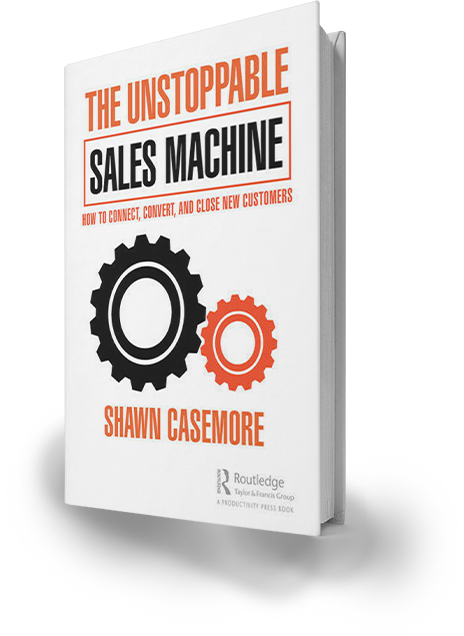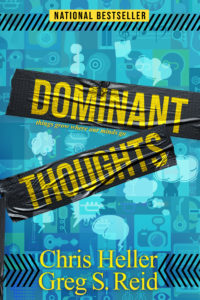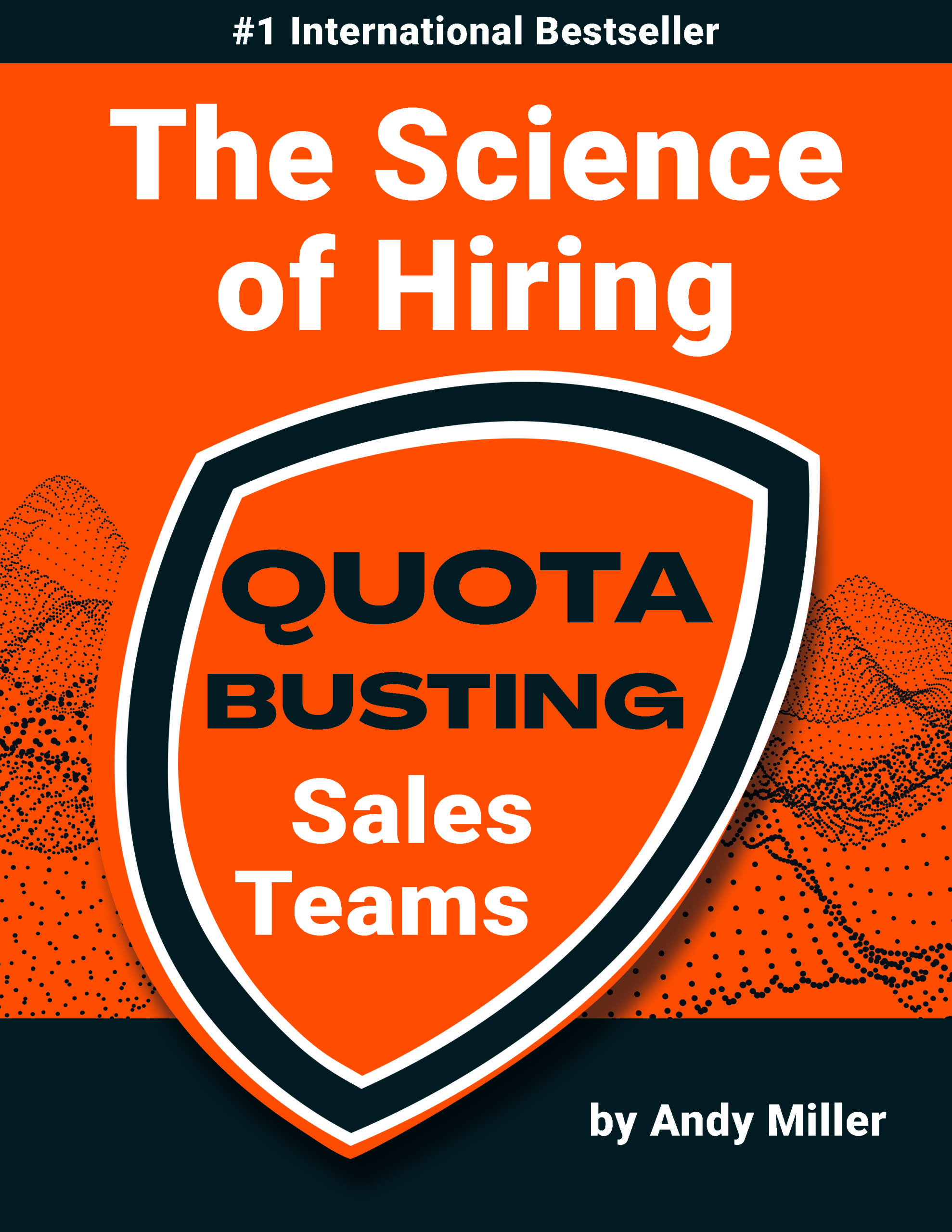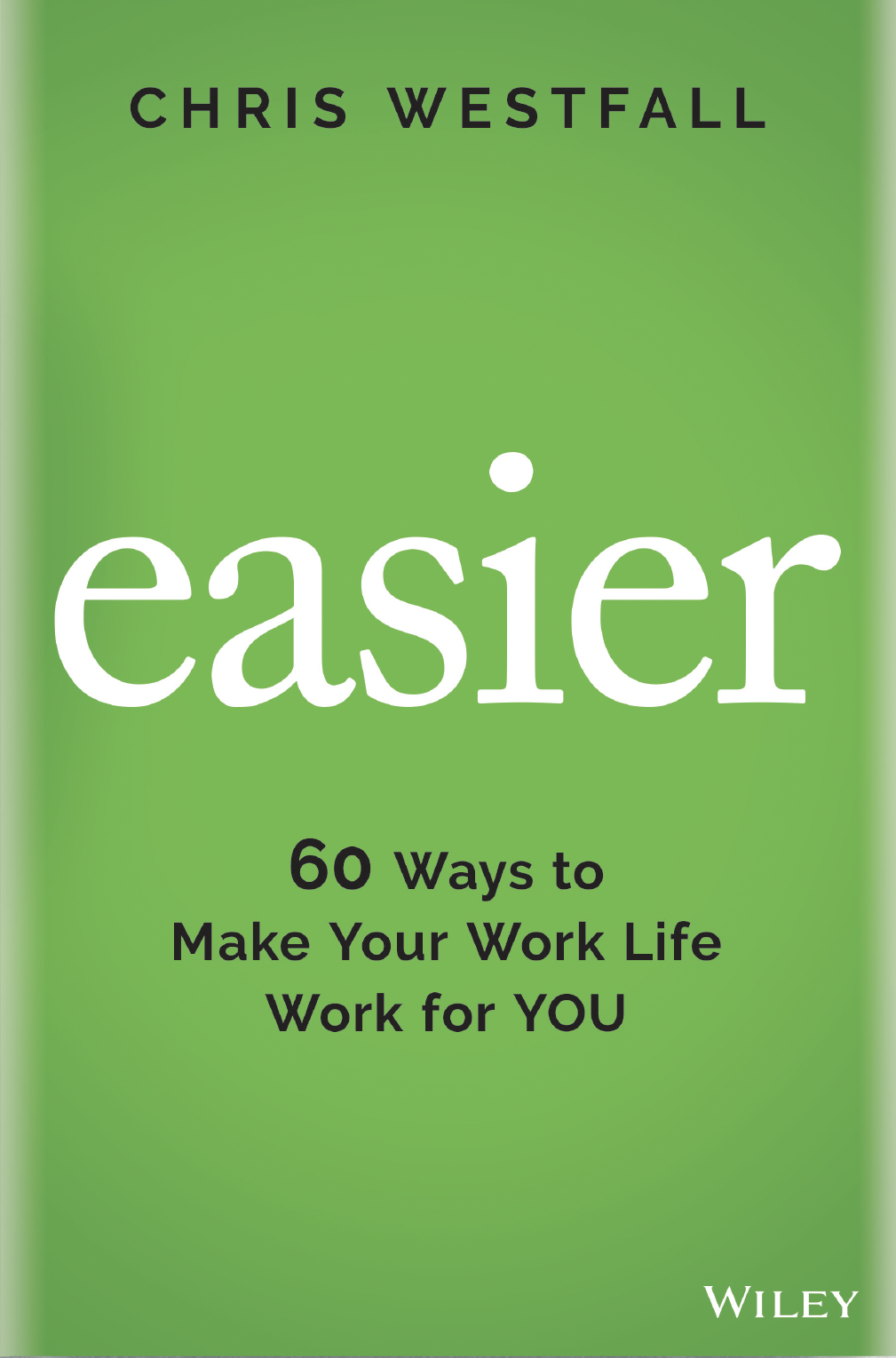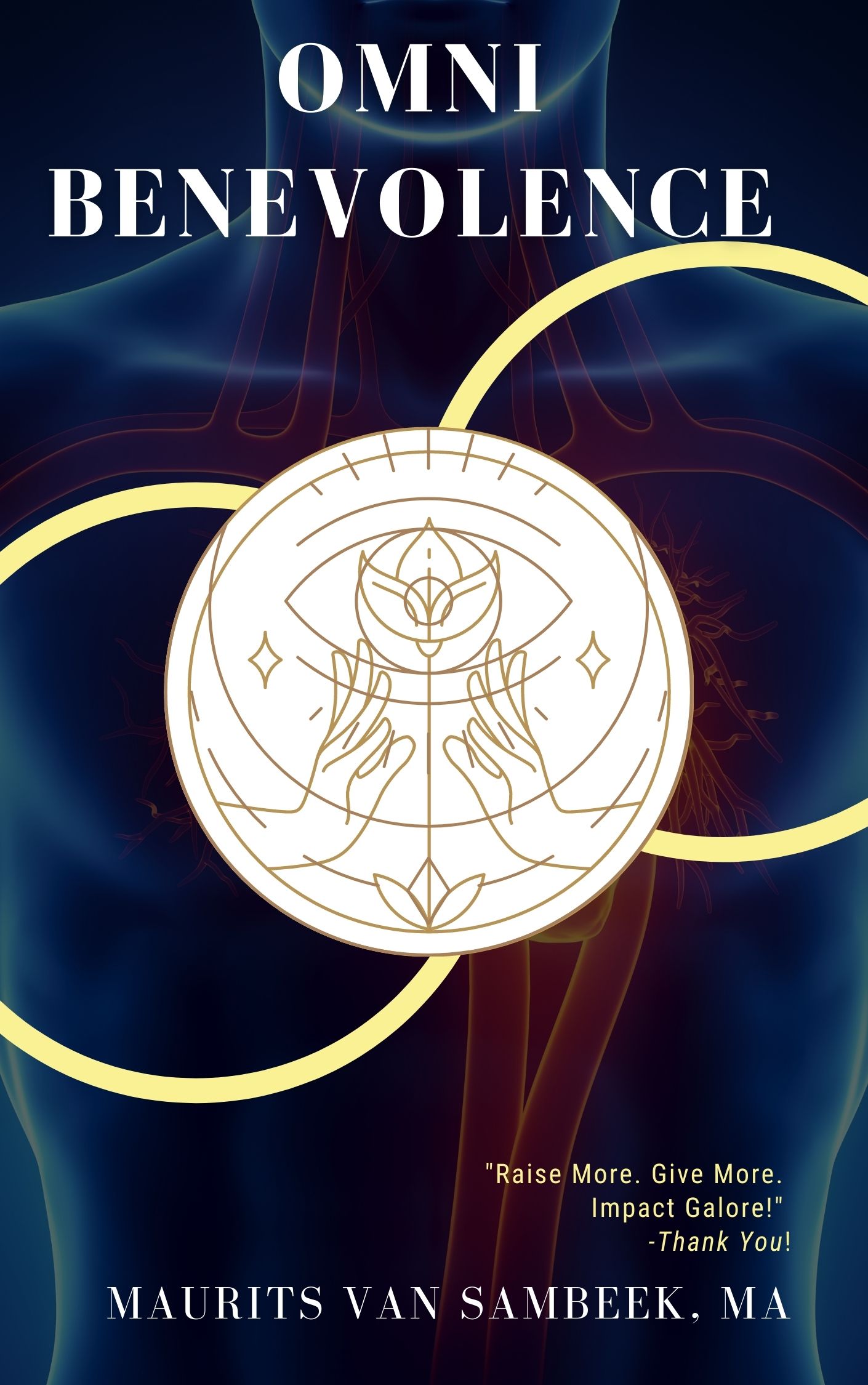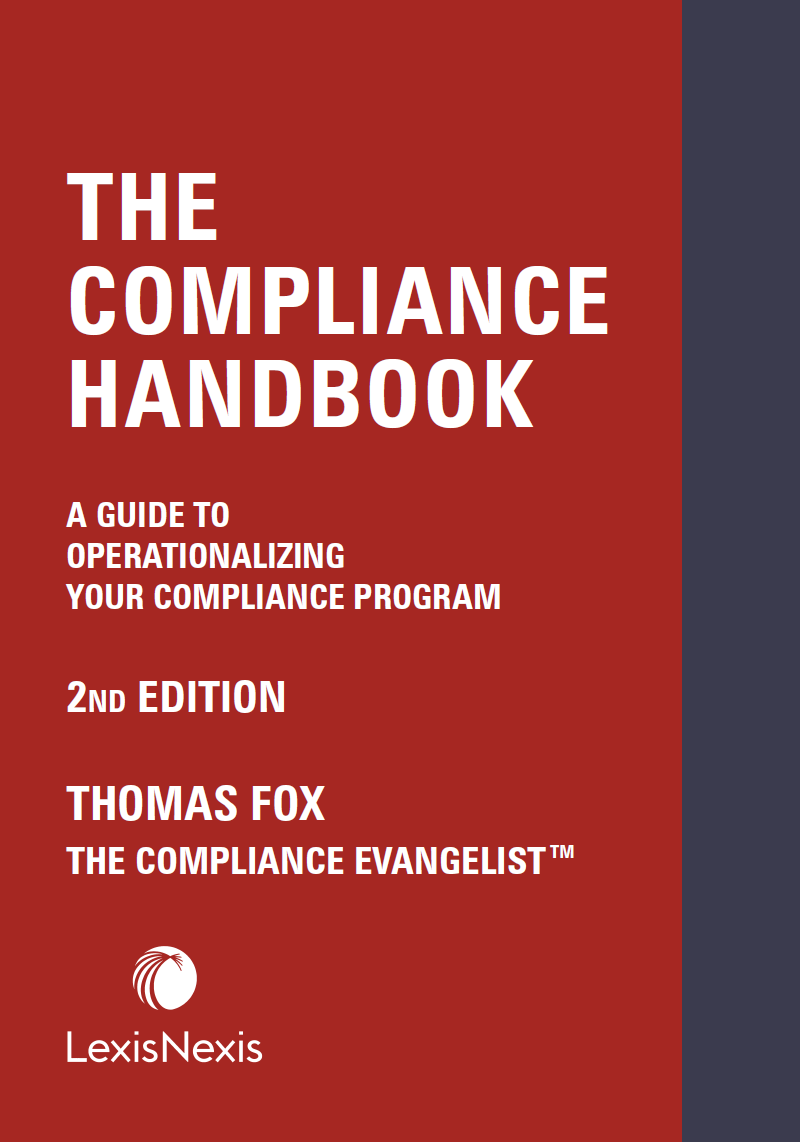Liquid Leadership: From Woodstock to Wikipedia
Brad Szollose
Liquid Leadership presents a dynamic approach that will help readers avoid getting caught up in a workforce culture clash between Baby Boomers, Generation X, Generation Y Millennials. But this isn’t management theory: the author presents strategies from his own award-winning business model and experience. Everything from developing a creative high-performance work environment to using social commitment to bring coworkers together, to creating a lasting legacy.
This wide-ranging discussion by a pioneering Internet entrepreneur provides an entirely new perspective on the major factors affecting businesses today. The author reveals seven immutable laws that can enable any leader to maximize the effectiveness of their workforce. Liquid Leadership is a 21st Century Guidebook to managing in today’s disruptive environment.


Why Micromanaging Digital Work FAILS by Brad Szollose and Rob Hirschfeld
Part 3/8
First, Has Work Changed?
Now that we’ve introduced music as a functional analogy for a stable 21st century leadership model and defined digital work, we’re ready to expose how work actually gets done in the information age.
Again, has work really changed? Yes. Traditionally there was a distinct difference between organized production and service-based/creative work such as advertising, accounting or medicine. Solve a problem by looking for clues and coming up with creative solutions to solve it.
Digital work on the other hand, and more importantly – digital workers, live in a strange limbo of doing creative work but needing business structures and management models that were developed during the industrial age.
In today’s multi-generational workforce, what appears to be a generational divide has transformed into a non-age-specific cultural rift. As Brad and Rob compared notes, we came to believe that what is really happening is a learned difference in the approach to work and work culture.
“There is learned difference in the approach to work and work culture that’s more obvious in, but not limited to, digital natives. In most companies, the executives are traditionalists, (Baby Boomers or hand-selected by Boomers).”
While previous generations have been trained to follow hierarchy, the new culture values performance, flexibility and teamwork with a less top-down control oriented outlook.
It’s like a symphonic conductor who is used to picking the chair order and directing the tempo is handing out sheet music to a Jazz ensemble. So how is the traditional manager going to deliver a stellar performance when his performers are Jazz trained?
In traditional concert orchestra, each musician has to go to college, train hard, earn a shot to get into the orchestra, and overtime, work very hard to earn the First Chair position (think earning the corner office). Once in that position, they stay there until death or retirement. Anyone who deviates, is fired. Improv is only allowed during certain songs, by a select few. It’s the workplace equivalent to climbing the corporate ladder.
Most digital workers think they belong to a Jazz ensemble.
It’s a mistake to believe less organized means less skilled. Workers in the Jazz model are also talented and trained professionals. If you look at the careers of Thelonius Monk, Duke Ellington and Dizzy Gillespie, they all had formal training, many started as children. The same is true for digital workers: many started build job skills as children and then honed their teamwork playing video games.
But can a loosely organized group consistently deliver results? Yes. In fact, they deliver better results!
When a Jazz Improv group plays, they have a rough composition to start with. Each member is given time for a solo. To the uninitiated there appears to be no leaders in this milieu of talent, but the leader is there. They just refuse to control the performance; instead, they trust that each member will bring their “A Game” and perform at 100% of their capacity.
In business, this is scary. Don’t we need someone to check each person’s work? People are just messing around right? I mean, is this actual work? Who is in charge?
In business environments that operate more like Jazz, studies have proven that there is a 32% increase in productivity from traditional command and control environments driven by hierarchy.
Age, experience and position are NOT the criteria for the Digital Worker. Output is. And output is different for each product. Management’s role in this model is to get out of the way and let the musicians create. Instead of conforming to a single style and method, the people producing in the model each bring something unique and also experience a high degree of ownership.
This is a powerful type of workplace diversity: by allowing different ways of problem solving to co-exist, we also make the workplace more inclusive and collaborative.
Sound too good to be true?
Just do a search on How Google is Reinventing The Workplace.
In our next post we’ll discuss trust as the critical ingredient for Jazz performance.
Thank you for following along.

Brad Szollose is an international bestselling author, business consultant, former C-Level executive of a publicly traded company and dynamic keynote speaker who specializes in transitioning companies from the Industrial Age to the Information Age. As a Web Pioneer, Brad cofounded K2 Design, Inc., the first dot-com agency to go public on Nasdaq in an IPO. His management model received the Arthur Andersen Enterprise Award for Best Practices for Fostering Innovation among his Generation Y employees.
Brad continues this work today bu showing smart companies like Dell and MasterCard Worldwide how to create high-performing workforce cultures that integrate a multigenerational work flow.





